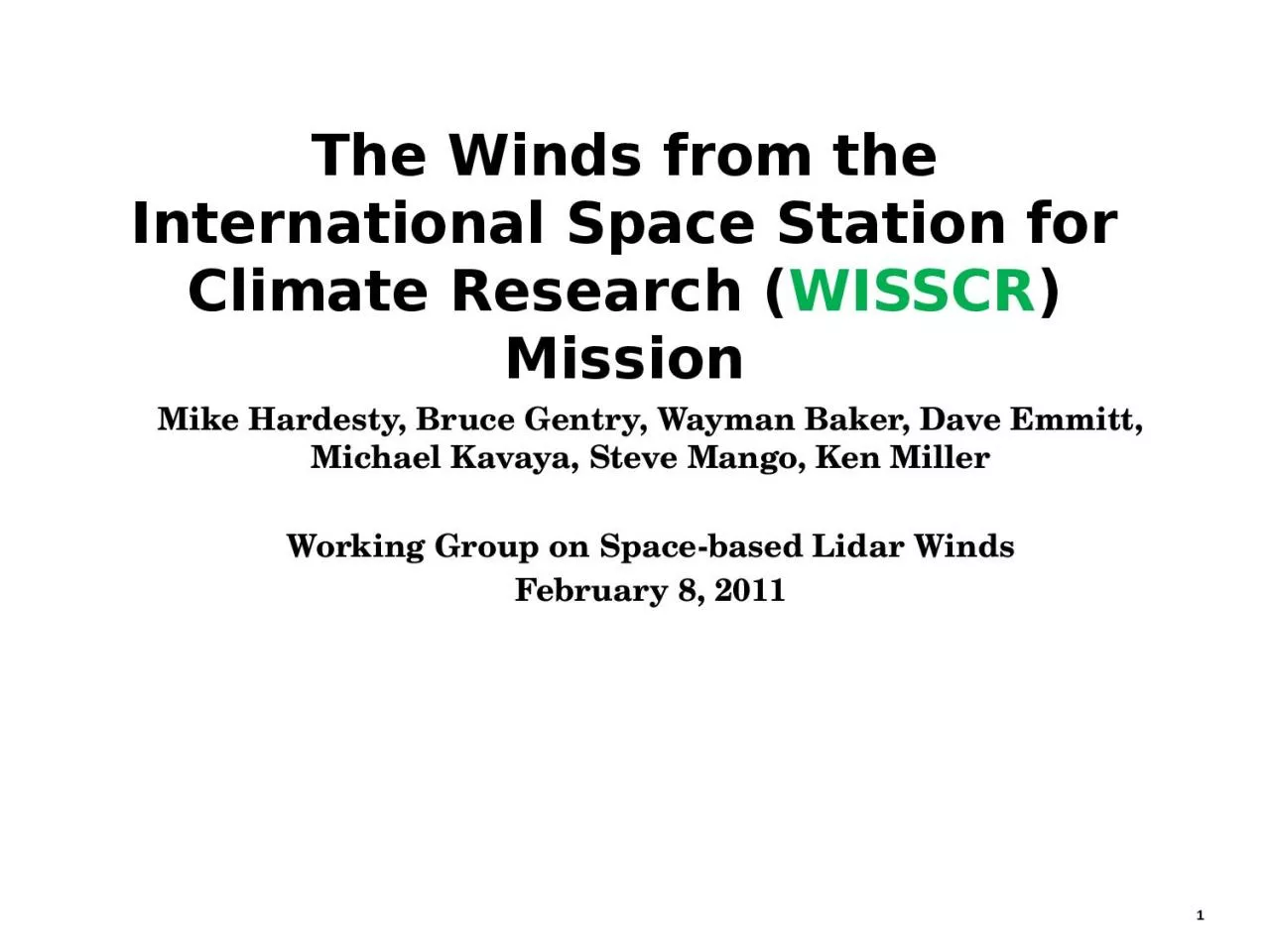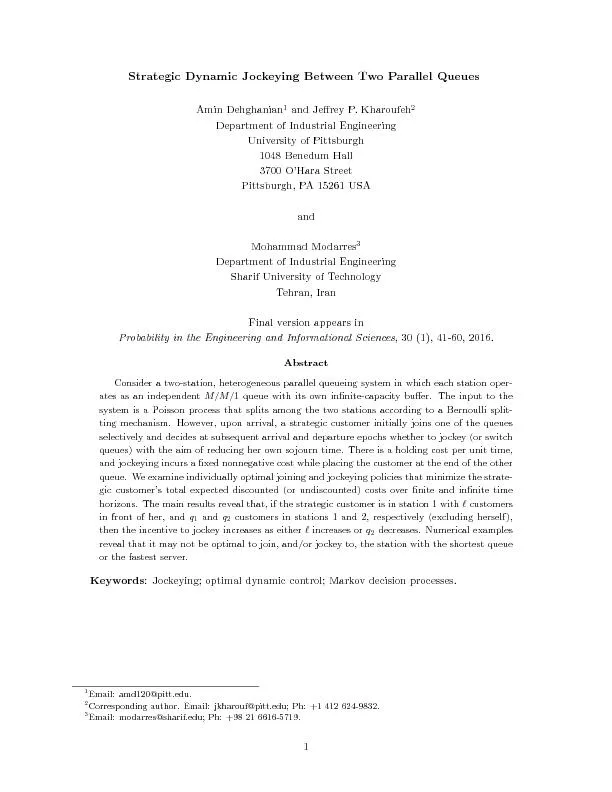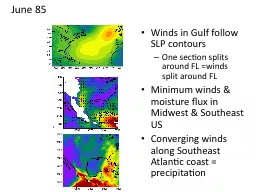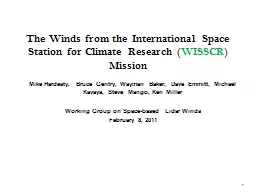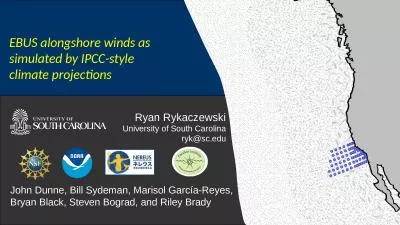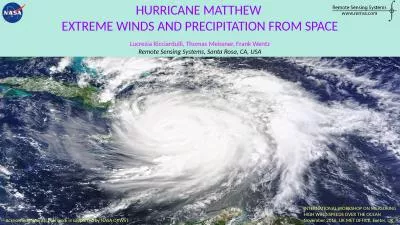PPT-The Winds from the International Space Station for Climate Research (
Author : rose | Published Date : 2023-10-28
WISSCR Mission Mike Hardesty Bruce Gentry Wayman Baker Dave Emmitt Michael Kavaya Steve Mango Ken Miller Working Group on Spacebased Lidar Winds February 8 2011
Presentation Embed Code
Download Presentation
Download Presentation The PPT/PDF document "The Winds from the International Space S..." is the property of its rightful owner. Permission is granted to download and print the materials on this website for personal, non-commercial use only, and to display it on your personal computer provided you do not modify the materials and that you retain all copyright notices contained in the materials. By downloading content from our website, you accept the terms of this agreement.
The Winds from the International Space Station for Climate Research (: Transcript
Download Rules Of Document
"The Winds from the International Space Station for Climate Research ("The content belongs to its owner. You may download and print it for personal use, without modification, and keep all copyright notices. By downloading, you agree to these terms.
Related Documents

